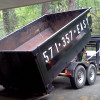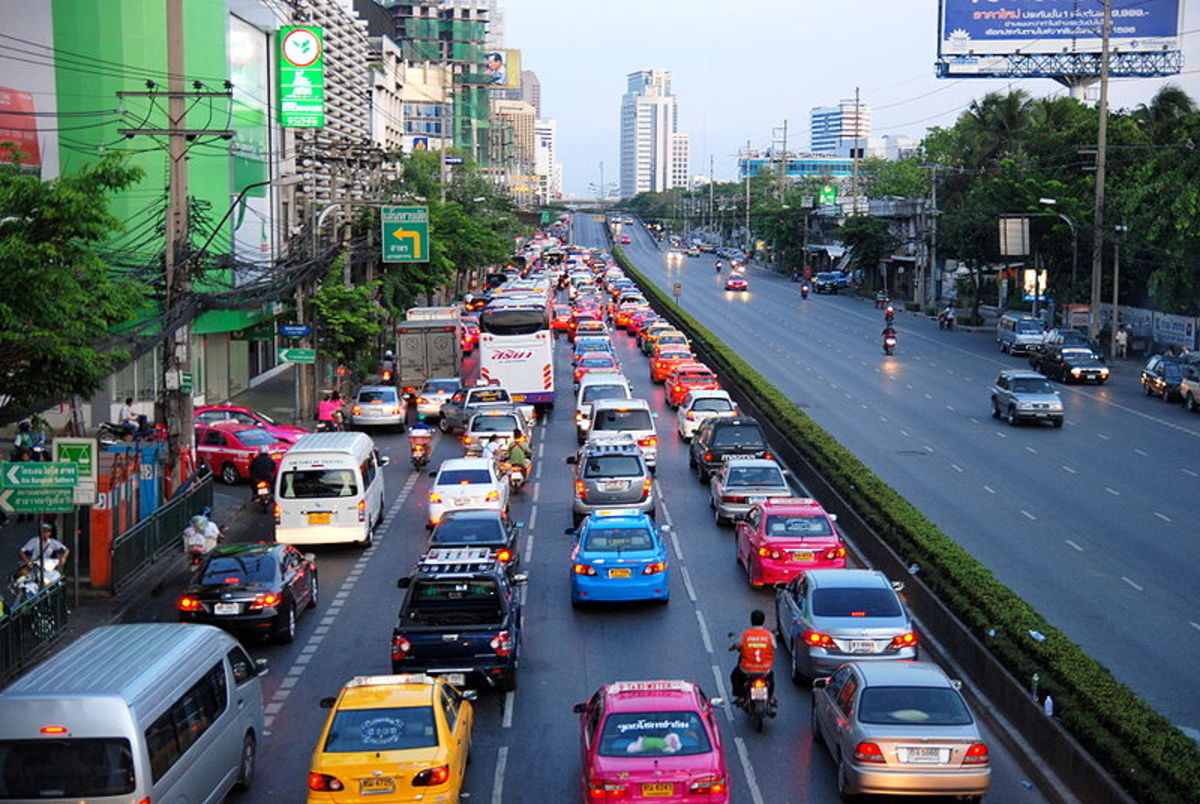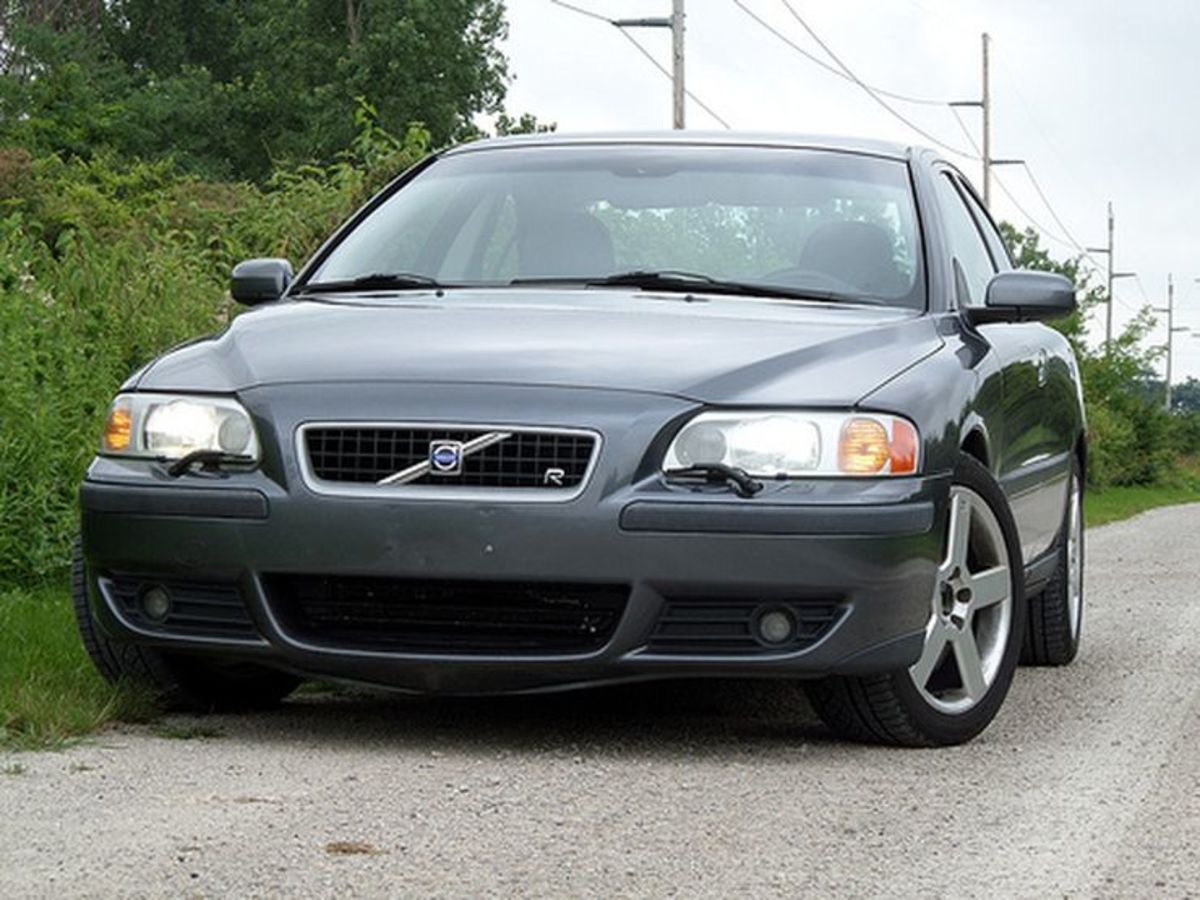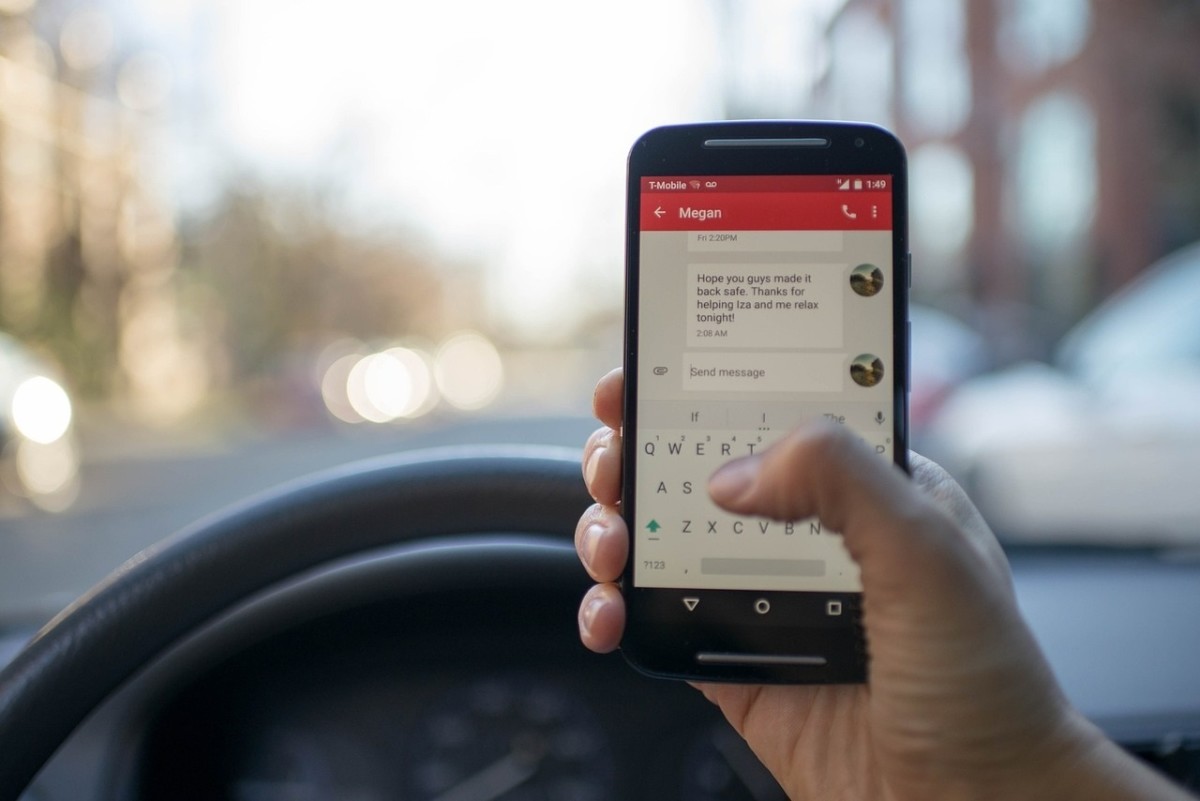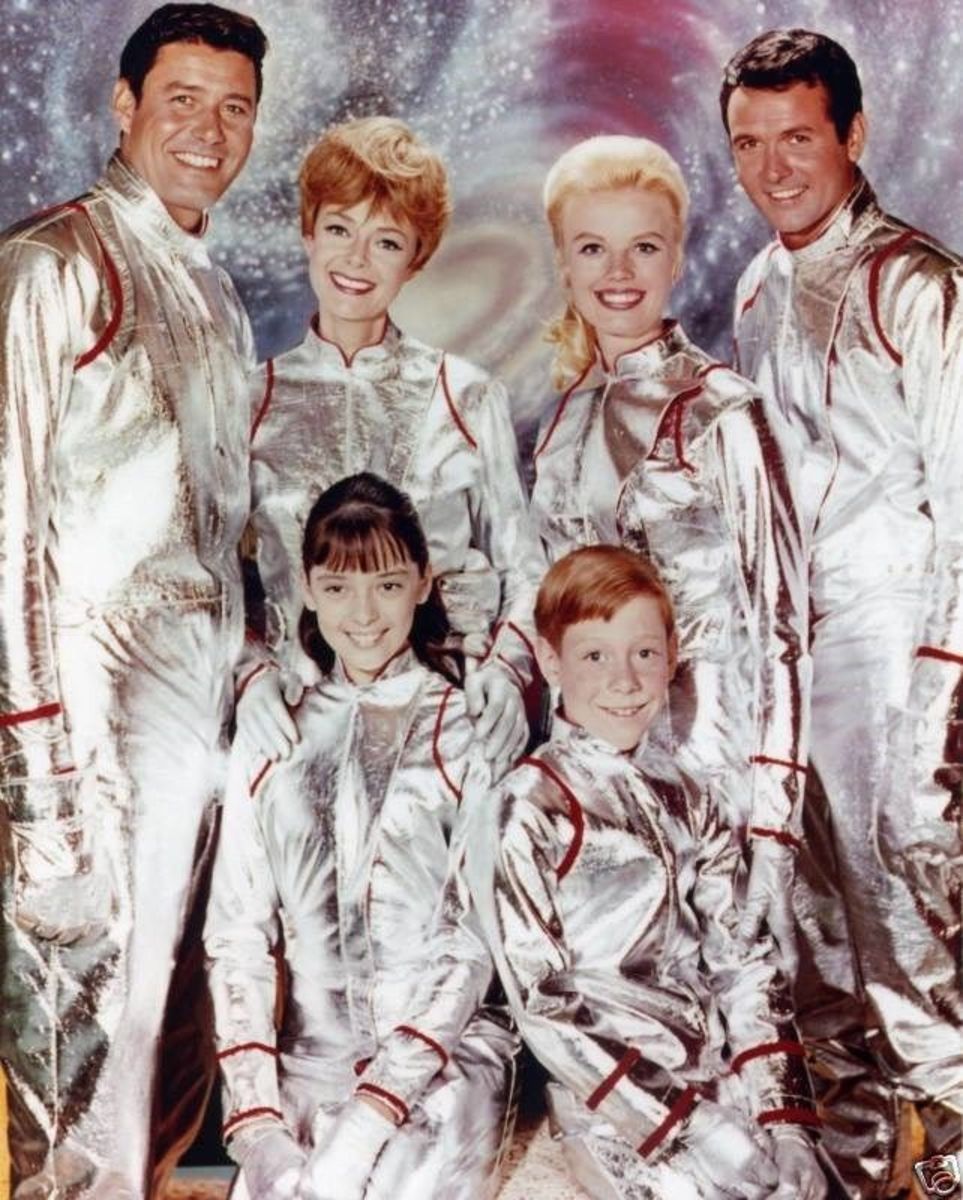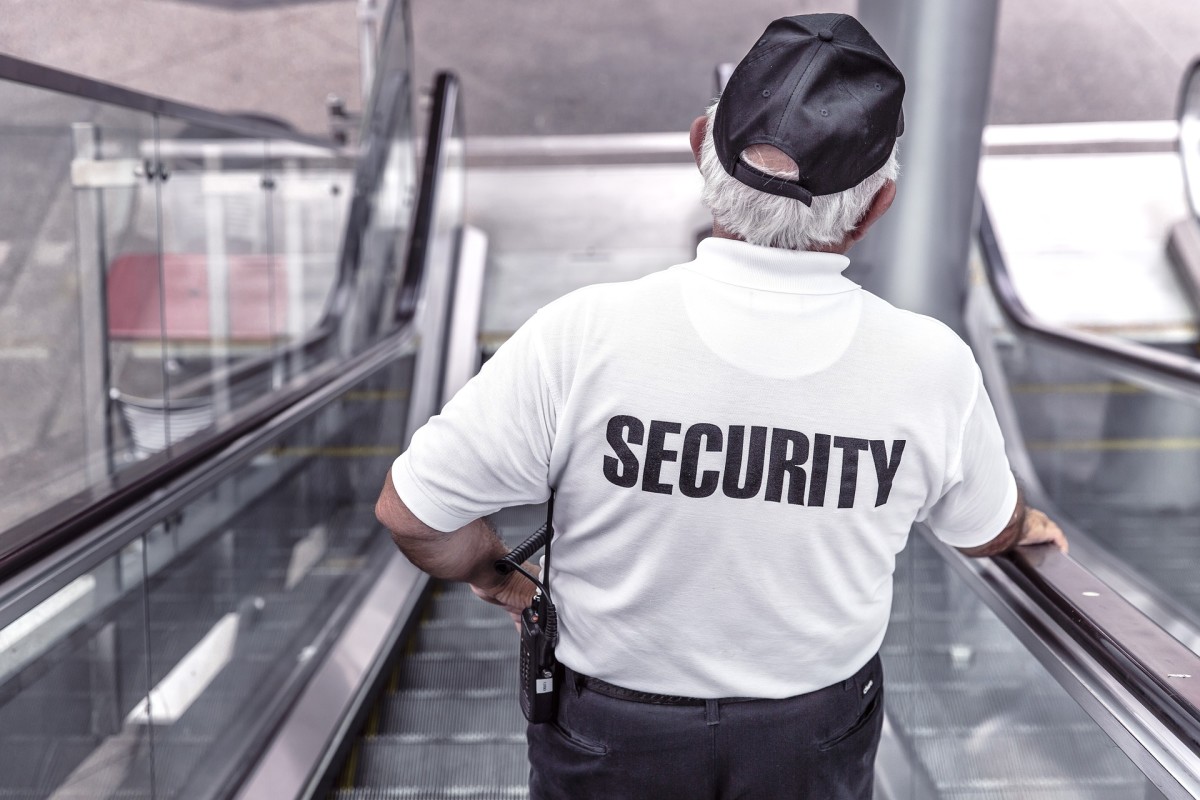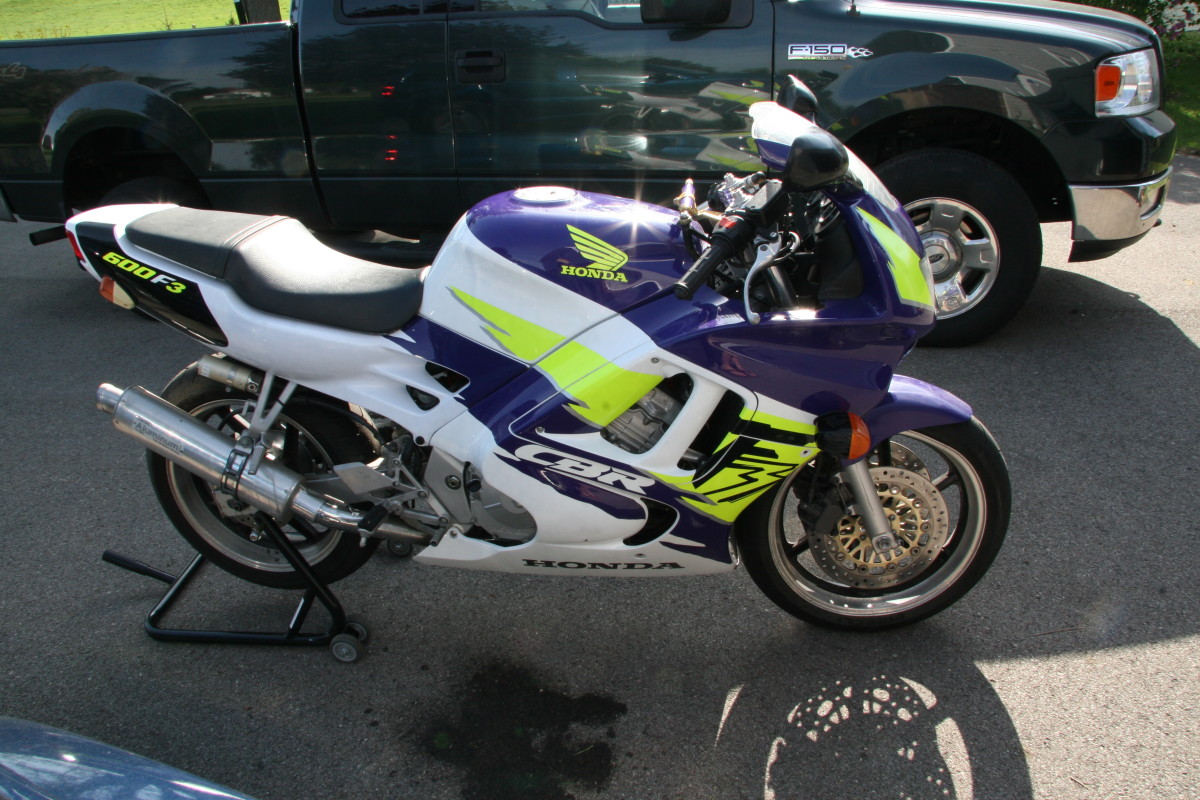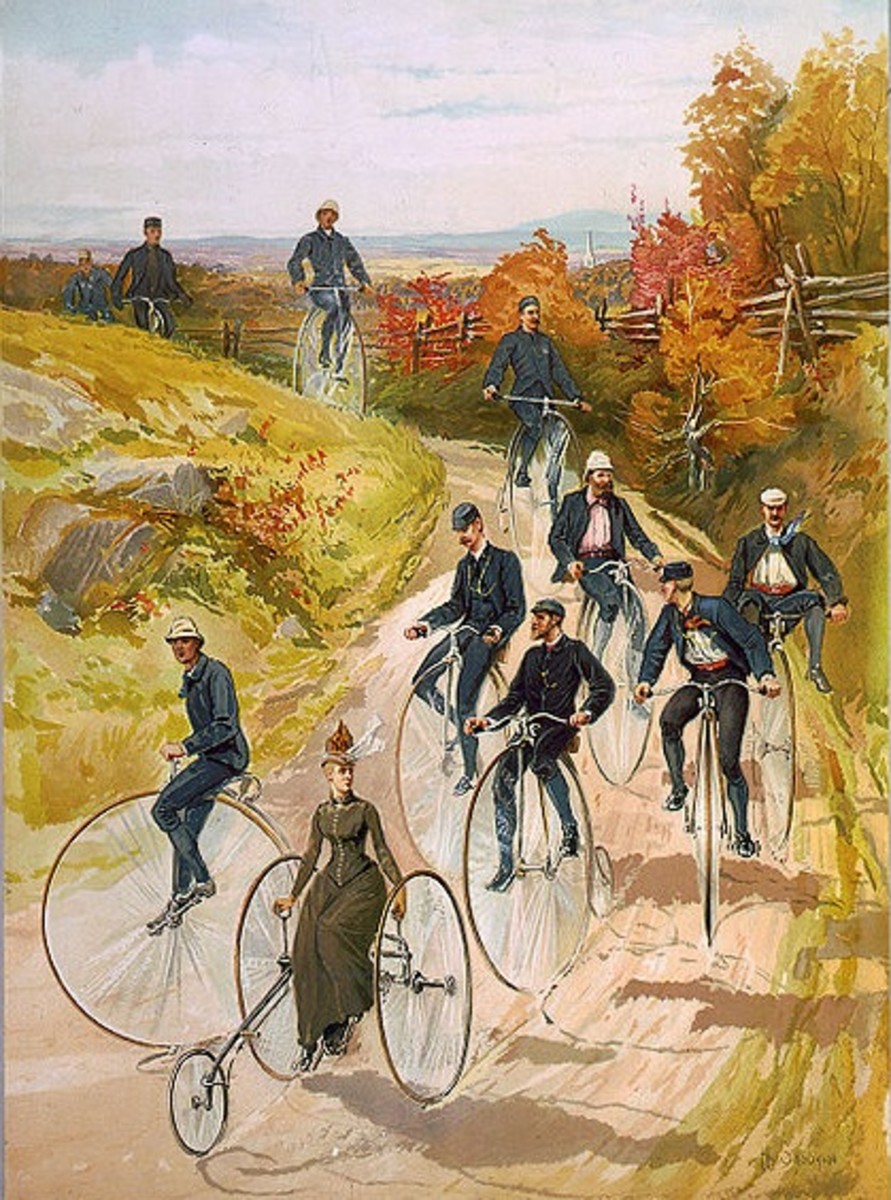How to Spot Trouble and Dangerous Situations on a Motorcycle

Danger, Danger... Will Robinson
Motorcycles are dangerous and everything you see when riding a motorcycle is a danger. I know this is pretty profound, but it's the truth. As with all things risky, it becomes a question of managing the risk and reducing the impact, no pun intended.
To live up to the title, spotting trouble requires seeing the danger before it finds you. Seeing it when it's too late is never healthy, so the simplest lesson is to keep your eyes opens, your head on a swivel, and learn to identify and even predict what will happen, before it happens. In driver's ed, everyone learns the concept of looking 1 second, 5 seconds, 15 seconds, 30 seconds, and 1 minute down the road. As a motorcyclist, this is even more important, as any single mishap can ruin your day, or worse. The first mistake a new rider makes is looking just in front of the front wheel. When you do that, you can't see what's happening on the horizon. Thus, learning how to scan from 1 second to 1 minute ahead of you is a learned behavior that will save your bacon consistantly.
Now that you've learned HOW to look, for what should you look to find? The list is endless, but let's rattle off a few hundred to get your head in the game. Potholes, car parts, liquid spills, fallen equipment, unsecured load debris, wrong way drivers, drivers turning left, drivers u-turning, animals, toys, people, and maybe your buddy crashing in front of you. I'd like to stop there, but that is so 'inside the box', so now let's look in the rear view mirror, and think about what happens there. Cars that don't stop for lights, animals, cops chasing a perp (hopefully not you), and of course, your buddy crashing behind you.
Spotting trouble doesn't stop with your eyes, it also requires your ears, nose, and even changes in pressure and vibration. With your ears you can hear sirens,horns, and animal warnings. With your nose you can smell the car in front of you blowing up and/or melting down and then starts spewing oil, coolant, or both. Feeling the draft of a car in front of you may be a key to the fact that they're slowing down without braking or brake lights, or sometimes cars like to get to close to you, and you can feel them pulling the air out from behind you. (Just like NASCAR when they draft.) The last is a vibration of your own vehicle starting to fall apart. Tires can come apart, motors blow, bolts come loose, and rotors warp. If you don't know what these warning "feelings" are, then you may find yourself being the buddy that does the sliding.
You and Your Decisions Control the Motorcycle
Dangerous situations are only those situations that you allow to become dangerous. If you follow too close to a car, and stay directly in the middle of their bumper, then when they stop short, you get to fly through their back window. If you don't slow down in the rain, then when you brake hard and catch a little oil and water, then you get to take a free asphalt ride. The list of dangerous situations are endless, but maintaining some basic skills will keep you alive longer.
1. Keep your distance - Like a dog that doesn't want to be caught, always work to be just out of harms reach.
2. Watch your speed - Speed is a direct correlation to reaction time. If you're Superman, and you can have a negative reaction time, then go as fast as you want. If you're just Clark Kent, then slow it down to give yourself ample time to brake, swerve, and/or gas.
3. Be seen - always believe that you are invisible, and that only when you "reveal" yourself to a car will they take you into account.
4. Know your outs - Every second that you ride demands a new plan of escape when something goes awry. Your outs depend on your ability, the bike's ability, the terrain, your speed, and many other factor of your current situatiion. You must take into account as many variables as you add to your mental database and still compute a favorable outcome. If the car beside you swerve into your lane, where will you go? Is there an escape route, or a cliff?
Random Motorcycle Safety Tips
Every intersection is inherently dangerous. It's in the name "Intersect". The worst thing a motorcyclist ever wants is to test the theory that no two objects can occupy the same space at the same time. You either need to get there first, last, or not at all.
Terrain changes require understanding what skills are needed to ride on it. If you've ever ridden Moab, then you understand going from pavement to rock to gravel to sand all within a few rotations of the rim. Going from Pavement to anything is challenging, but even pavement to wet pavement, sandy pavement, gravel-riddled pavement, or frozen concrete are all situations to consider.
The ability to recognize Impaired, drowsy, aggressive, angry, and/or just plain bad drivers is another key to your survival. Watching and identifying the habits and patterns that drivers have and make is a daily learning experience. Watching their wheels to see if they're really crossing the line, or is it your mind playing tricks. Notice their head movements, hand movements, turn signals, braking, radio fiddlers, child-in-the-backseat beaters, make-up application artists, mobile device guru's, fast food face stuffers, and the tinted windows in the dark. It's sad, but "vehicle profiling" gives you advanced warning of what you're about to encounter. I won't give any specific examples, lest I be labelled a stereotyper, but I encourage you to build your own database and trust your instincts after assembling a wealth of knowledge.
From here, it's all about seat time and continued education. The more you ride, the more you learn. The more you learn, the better a rider you'll be at spotting, predicting, and avoiding trouble and dangerous situations.
Updates
5/7/2013: As I passed a minivan on the right, (due to them clogging up the left lane) a little yellow triangle illuminated on their passenger side mirror. I assume this is a blind spot warning indicator(because the mirror must be just too difficult to look into for a standard minivan driver), and it is my belief that the driver then averted their eyes from forward to right to observe the cause of the warning. And, by doing so, it caused them to begin drifting over into my lane, and then forcing a hard correction back into their lane.
Apparantly, adding one more idiot light, causing more distraction, seems fairly counter-intuitive. Perhaps the light could warn them that they're driving too slow in the left lane, instead.
